(292 products available)
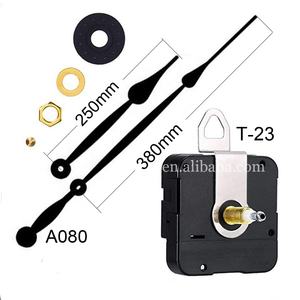

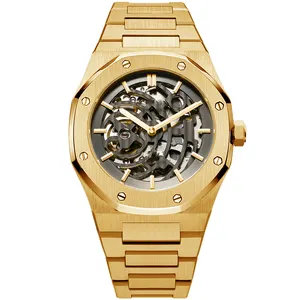




























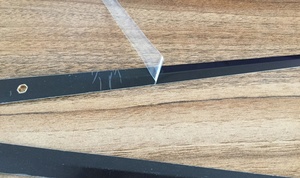
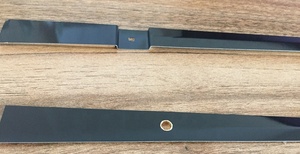
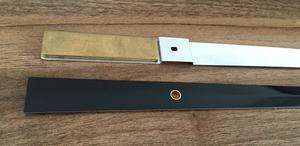








































































































































The Takane high torque quartz clock movement is an ingenious creation of Japanese craftsmanship. It is known for its exceptional accuracy and strength. These types are designed to cater to different needs and preferences. They come in various forms, such as standard, continuous, and step movements.
Standard movements
Standard quartz clock movements are suitable for most applications and provide a reliable timekeeping solution. They are powered by batteries and need minimal maintenance. They are perfect for wall clocks, desk clocks, and mantel clocks.
Continuous movements
Continuous quartz clock movements provide a smooth second hand motion. The second hand moves continuously without the usual ticking motion. This is achieved by using a specialized gear system. Such movements are often used in decorative clocks and watches.
Step movements
Step movements are designed to provide a ticking motion for the second hand. The second hand moves in distinct steps, making it more pronounced. These movements are often used in traditional-style clocks and watches.
Takane high torque quartz clock movement
These clock movements are designed to provide high torque for heavy clock hands. They are powered by batteries and are known for their accuracy. They are used in wall clocks and tower clocks. They are ideal for designs that require heavy clock hands.
Specialty movements
Specialty clock movements have additional features or are designed for specific applications. Some of them include alarm clock movements, timer clock movements, and backlight clock movements.
Standard Design
This design incorporates a simple clock face with the usual numbers placed at equal intervals. The clock hands used in this design are standard in size and dimension. They are generally used with any clock movement to make a simple yet elegant timepiece.
Minimalistic Design
A minimalistic clock design uses clean lines, basic numbers, and a lot of empty space. The clock hands are usually slender, and the color scheme is often monochromatic, focusing on simplicity and elegance.
Modern Design
A modern clock design may incorporate geometric shapes, unusual fonts for numbers, and vibrant color schemes. Clock hands in a modern design could be bold and striking, making a fashion statement.
Vintage Design
A vintage clock design can have Roman numerals, ornate details, and a wooden or antique finish for the clock casing. The clock hands are usually decorative, matching the overall vintage aesthetic.
Industrial Design
An industrial clock design can feature exposed gears, a metal casing, and rugged elements. The clock face may be large and easy to read, with bold clock hands to match its industrial look.
Artisanal Design
In an artisanal clock design, handcrafted elements, unusual shapes, and a mixture of materials like leather, glass, or stone can be seen. The numbers on the clock face may be etched or painted by hand, and the hands designed to be unique and artistic.
High-torque clock movements are useful in many areas. They help make clocks work better and look nicer. These clock movements are reliable and stylish for each use.
When choosing a Takane high-torque clock movement for a specific clock design, several important factors should be considered to ensure the right fit and functionality:
Purpose and application:
Identify the primary purpose of the clock. Is it for decorative wall clocks, stylish table clocks, or large outdoor clocks? Different applications may require different features or aesthetics.
Torque requirements:
Determine the torque requirements of the clock hands. High-torque movements are needed to drive heavier clock hands, especially in clocks with thick dials or larger hand spans.
Size and thickness:
Consider the size and thickness of the clock movement. Ensure that the clock body can accommodate the movement's size and that any mounting holes align properly.
Power source:
Takane clock movements are typically battery-operated. Make sure to use a standard AA battery. Check the power source compatibility with the chosen clock design. Also, check the expected battery life and any power-saving features.
Features:
Look for any additional features that may be important for the clock design. These features may include noiseless operation, second hands, or special timekeeping functions.
Quality and reliability:
Takane is a well-known brand in the clock movement industry, and their movements are known for their quality and reliability. Choosing a reputable manufacturer ensures better performance and longevity of the clock.
Cost and budget:
Consider the cost of the clock movement and its components. Ensure that it fits within the overall budget for the clock project.
Supplier and support:
Choose a reliable supplier for clock movements and components. Check if they provide technical support, warranties, and after-sales service in case of any issues with the product.
By considering these factors, clock designers and makers can choose the right Takane high-torque clock movement that meets the requirements of their specific clock design, ensuring optimal performance and aesthetics.
Q1: What are the benefits of using a Takane high-torque quartz clock movement?
A1: These clock movements are known for their accuracy, durability, and high-torque output. They are ideal for making clocks that need to keep time very precisely and work for a long period with little maintenance.
Q2: How can one differentiate between various Takane clock movements?
A2: Different Takane clock movements can be distinguished by their features, specifications, and model numbers, which include differences in size, shape, power source, and design.
Q3: What makes the Takane super slim quartz clock movement special?
A3: The super slim movement is notable for its compact design, which is suitable for clocks that require a thin profile.
Q4: What is the expected lifespan of a Takane quartz clock movement?
A4: Typically, these clock movements have a lifespan of 5 to 10 years, depending on usage and care.
Q5: What are some common applications of Takane quartz clock movements?
A5: These clock movements can be used in a wide range of clocks, including wall clocks, mantel clocks, and decorative timepieces.